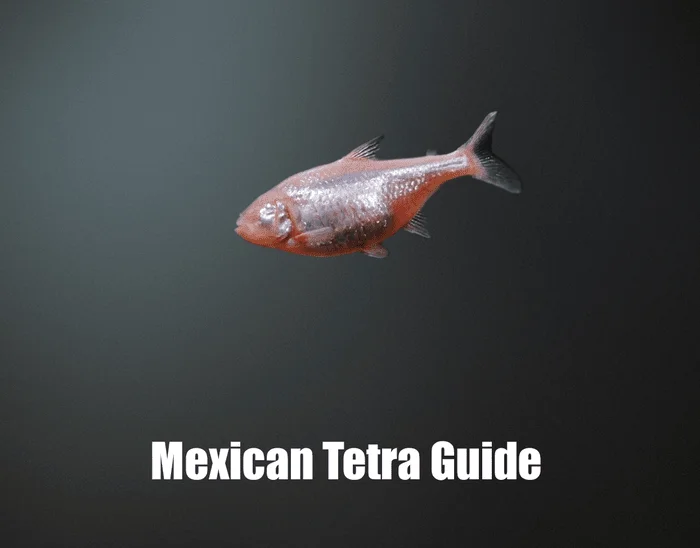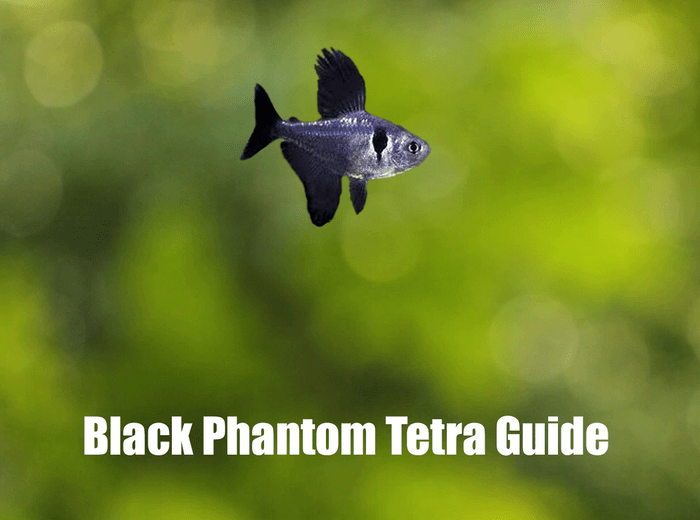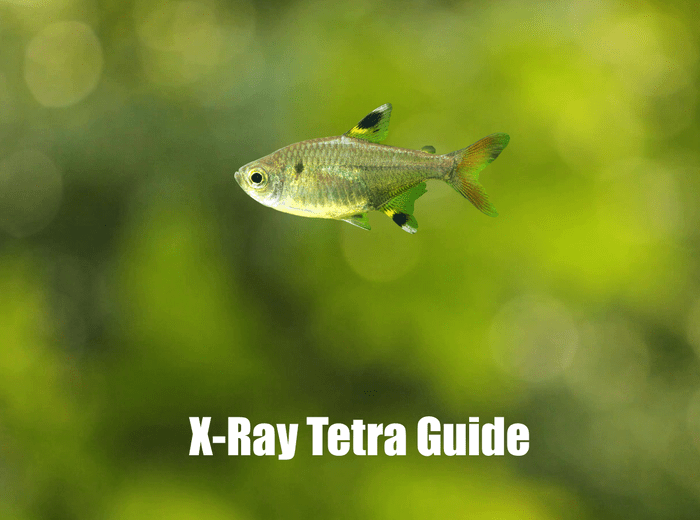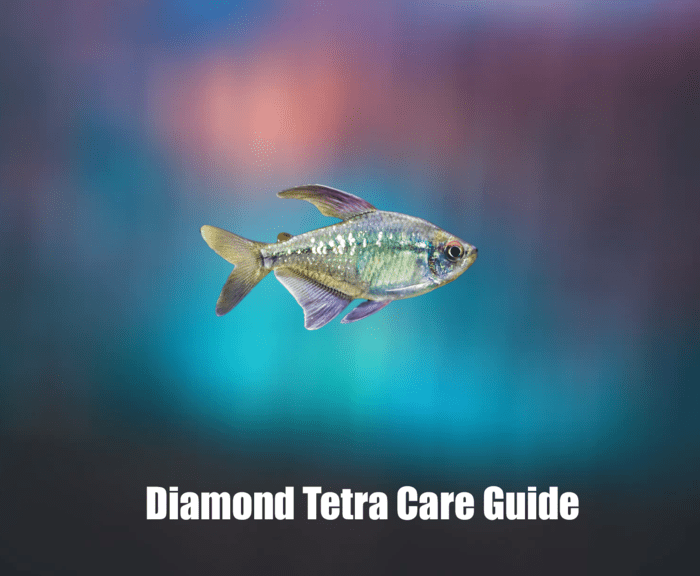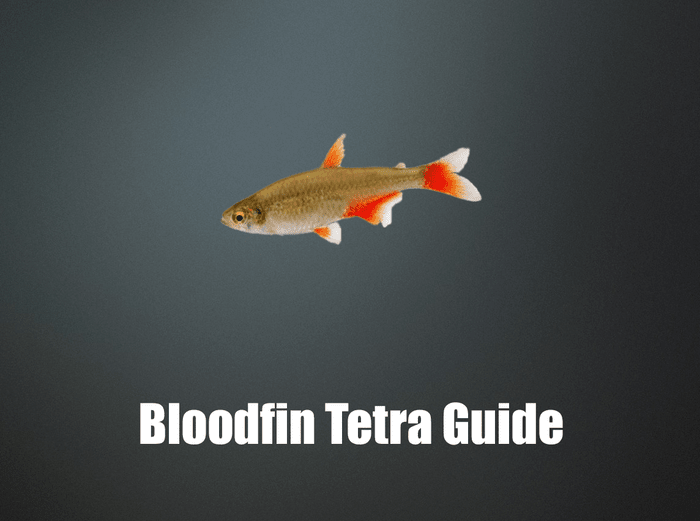Complete Care Guide for Red Eye Tetra: A Vision in Red
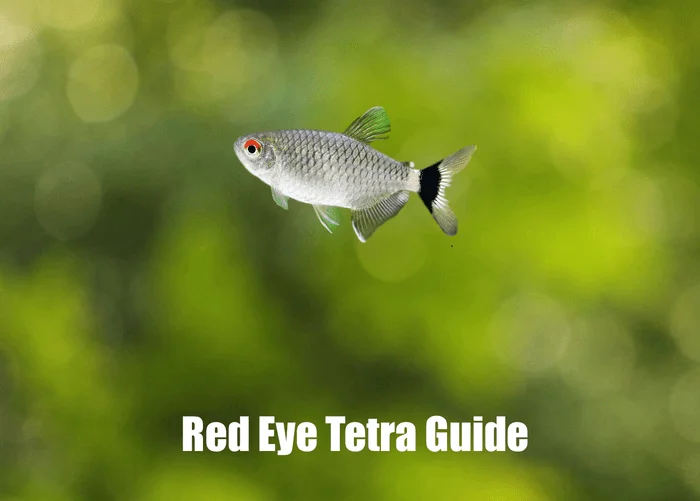
Introduction
Considering Red Eye Tetra for your aquarium or looking to enhance their care? This detailed guide is tailored for aquarists of all levels. Red Eye Tetra, known scientifically as Moenkhausia sanctaefilomenae and prized for their shimmering colors and glowing red eyes, are a stunning addition to freshwater tanks. This guide will cover everything you need to know to ensure your Red Eye Tetra flourish.
Understanding Red Eye Tetra
Origin and Characteristics
The Red Eye Tetra, originating from the rivers and streams of South America, particularly Brazil and Paraguay, is a striking addition to the aquarium hobby. These medium-sized fish, typically growing to about 2.5 inches in length, are noted for their robust, silvery bodies that shimmer under aquarium lights. Their most defining characteristic is the vibrant red ring around their eyes, which gives them their name and adds a striking contrast to their silver coloration.
The males of this species become even more colorful during the breeding season, with enhanced finnage and more pronounced red in their eyes. What endears them to aquarists is their peaceful nature and their adaptability to a range of tank conditions, making them suitable for community aquariums. Red Eye Tetra are energetic swimmers and prefer to be in schools, often seen playfully darting around in the middle layers of the water, which adds a lively and dynamic presence to any tank setting.
Behavior and Tank Mates
Red Eye Tetra are peaceful, schooling fish and should be kept in groups of at least six. They are ideal for community tanks with other peaceful, similarly sized fish. Their graceful swimming and non-aggressive nature make them a favored choice among aquarists. Some common and suitable tank mates for Red Eye Tetra:
- Other Peaceful Tetras: Such as Neon or Rummy Nose Tetra.
- Dwarf Cichlids: Like Apistogrammas, which are also peaceful.
- Peaceful Barbs: Like Cherry Barbs.
- Dwarf Corydora: Peaceful bottom dwellers.
- Small Rasboras: Harmonize well in a community tank.
- It’s important to choose tank mates that are peaceful and won’t outcompete the Red Eye Tetra for food
Remember, while choosing tank mates, consider factors like water parameters, size, temperament, and dietary needs to ensure a harmonious aquarium. Also, always introduce new fish gradually and monitor their interactions to ensure a peaceful environment. 🐠
Setting Up the Perfect Tank
Tank Size and Conditions
A 30-gallon tank or larger is recommended for a school of Red Eye Tetra but they will benefit from some more swimming room. These Tetra thrive in specific water conditions that mimic their natural habitat. Additionally, maintaining ideal water parameters is the key to ensuring their health and well-being in a home aquarium. Here’s a breakdown of their ideal water conditions:
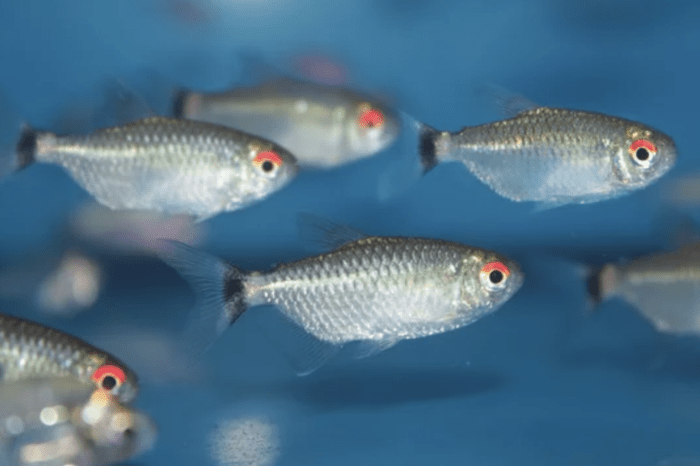
- Temperature: 72°F and 80°F (22°C to 27°C). This tropical temperature range helps in promoting their natural behavior and vibrant coloration.
- pH Level: 6.0 and 7.5, slightly acidic to neutral water conditions.
- Water Hardness: 5-15 dGH, indicating they prefer soft to moderately hard water
- Water Quality: Like most fish, Red Eye Tetra require clean and well-oxygenated water. Regular water changes (about 25% per week) are recommended to maintain good water quality. It’s crucial to remove any chlorine or chloramine from tap water before adding it to the tank.
- Nitrate Levels: Keeping nitrate levels low is important, as high levels can be harmful. Aim to keep nitrates below 20 ppm.
- Ammonia and Nitrite Levels: Both ammonia and nitrite should always be at 0 ppm. Even small amounts of these can be toxic to fish.
It’s important to use a reliable aquarium test kit to regularly monitor these water parameters. Sudden changes in water conditions can stress or harm your fish, so any adjustments should be made gradually. Maintaining stable water conditions is key to the health and longevity of your Red Eye Tetra. 🌊
Lighting and Decor
- Moderate Lighting: Mimic their natural, slightly shaded habitat with moderate lighting.
- Day/Night Cycle: Maintain a regular cycle, typically around 10-12 hours of light per day.
- Plants: Dense vegetation, including tall and floating plants, to provide hiding spaces and a natural environment.
- Substrate: A dark-colored substrate can enhance the natural colors of the fish.
- Hiding Places: Include driftwood, rocks, and caves for shelter.
- Open Swimming Space: Ensure ample free-swimming space to accommodate their active swimming behavior.
Diet and Nutrition
Feeding Habits
Red Eye Tetra are omnivorous. Therefore, a balanced diet including high-quality flake foods, frozen or live brine shrimp, daphnia, and occasional vegetable supplements will keep them healthy.
Feeding Schedule
Feed them small amounts once or twice a day, being careful not to overfeed.
Frequently Asked Questions – Red Eye Tetra
Red Eye Tetras are generally not aggressive and are known for their peaceful nature, making them a popular choice for community aquariums. They are schooling fish and prefer to swim in groups. In a well-maintained tank with adequate space, they typically exhibit harmonious behavior both among themselves and with other similarly sized and non-aggressive fish. However, like many schooling fish, if they are kept in too small a group or in cramped conditions, they can become stressed and may exhibit nipping behavior. It’s recommended to keep them in groups of at least six to ensure they feel secure and to display their natural, peaceful behavior.
Red Eye Tetras can generally coexist with shrimp, particularly larger and more robust shrimp species like Amano or Ghost Shrimp. These types of shrimp are often able to hold their own in a community tank with small, peaceful fish like Red Eye Tetra. Ensure the tank is spacious enough and has plenty of hiding spots for the shrimp. Plants, driftwood, and decorations can provide necessary shelter. Keep in mind, smaller shrimp, especially young or dwarf varieties like Cherry Shrimp, might be at risk. Red Eye Tetra could see them as food, particularly if the shrimp are very small or the fish are not well-fed.
The compatibility of Red Eye Tetras with cichlids depends largely on the type of cichlids you are considering. Red Eye Tetra are peaceful, small-sized fish and can be stressed or harmed by larger, more aggressive cichlids. Dwarf cichlids, like Apistogrammas or Ram Cichlids, are generally more peaceful and could be compatible with Red Eye Tetras. However, larger and more aggressive cichlids, such as African Cichlids or large South American Cichlids, are not suitable tank mates due to their size and territorial nature.
Health and Wellness
Breeding Tips
Breeding Red Eye Tetra can be a rewarding experience, but it requires a bit of preparation and understanding of their breeding behavior. Here are some tips to help you successfully breed Red Eye Tetra:
- Breeding Tank: Set up a separate tank with soft, slightly acidic water (pH around 6.0-6.5) and a temperature of 78°F to 80°F (25.5°C to 26.5°C). Dim lighting and fine-leaved plants or spawning mops are recommended.
- Identifying and Introducing Breeding Pairs: Choose healthy, mature fish (around 6-12 months old). The males are typically brighter and have slightly longer fins. Introduce them into the breeding tank, ideally one male to every two females.
- Condition the Breeders: Feed them high-quality live or frozen foods to encourage spawning.
- Spawning Process: Introduce a well-conditioned pair or small group. Spawning usually occurs in the morning.
- Post-Spawning Care: Remove the adults post-spawning to prevent egg predation. The eggs typically hatch in about 24-36hrs.
- Rearing Fry: Start with infusoria or liquid fry food, then graduate to baby brine shrimp as they grow.
Remember, patience is key when breeding fish. It might take a few attempts before you see success. Keep a close eye on the water parameters and the health of both the adult fish and the fry to ensure a successful breeding experience. Good luck!
Common Health Concerns
Red Eye Tetra, despite their hardiness, are susceptible to common health issues that affect many tetra species, such as ich (white spot disease) and fungal infections. These ailments can be a concern for Red Eye Tetras, especially considering their striking eye coloration and lively behavior. Proper maintenance of tank conditions is crucial for their health. This includes performing regular water changes, maintaining stable water parameters (pH, temperature, and hardness), and providing a balanced diet to support their immune system.
They thrive in a range of water conditions but slightly acidic to neutral water is ideal, reflecting their natural South American habitat. Vigilant monitoring for signs of stress or disease in the tank is essential, with prompt action necessary at the first signs of any health problems. Early detection and appropriate treatment are key to managing these issues effectively. By ensuring a clean, stable environment and catering to the specific needs of Red Eye Tetra, you can fully appreciate their vibrant presence and active nature in your aquarium. Discover more about efficient tank management to ensure your Red Eye Tetra remain in optimal health.
Life Expectancy
With proper care, these tetras can live up to 4-5 years. Regular monitoring and maintenance of the tank environment are key to their longevity
Red Eye Tetra Wrap Up
In conclusion, Red Eye Tetra add a unique and eye-catching element to any freshwater aquarium with their distinctive red eyes and active swimming behavior. By following the guidelines provided in this comprehensive care guide, you can create an ideal environment that meets the specific needs of your Red Eye Tetras. These fish, known for their striking appearance and sociable nature, not only enhance the aesthetic appeal of your tank but also contribute to a lively and engaging aquatic ecosystem. The foundation of a healthy and vibrant aquarium is maintaining stable and nurturing conditions. By providing your Red Eye Tetra with the appropriate water conditions, a balanced diet, and regular care, you’ll ensure that these captivating fish continue to thrive and bring energy and color to your aquarium.
Share Your Tetra Experiences
Do you have any stories or tips about your Tetra tank? Share them in the comments below!
Help Others Discover This Guide
Navigate the Tetra in your tank with confidence. This guide is your pathway to creating a vibrant and healthy aquatic showcase. Enjoy the dazzling colors and lively nature of these unique fish!

